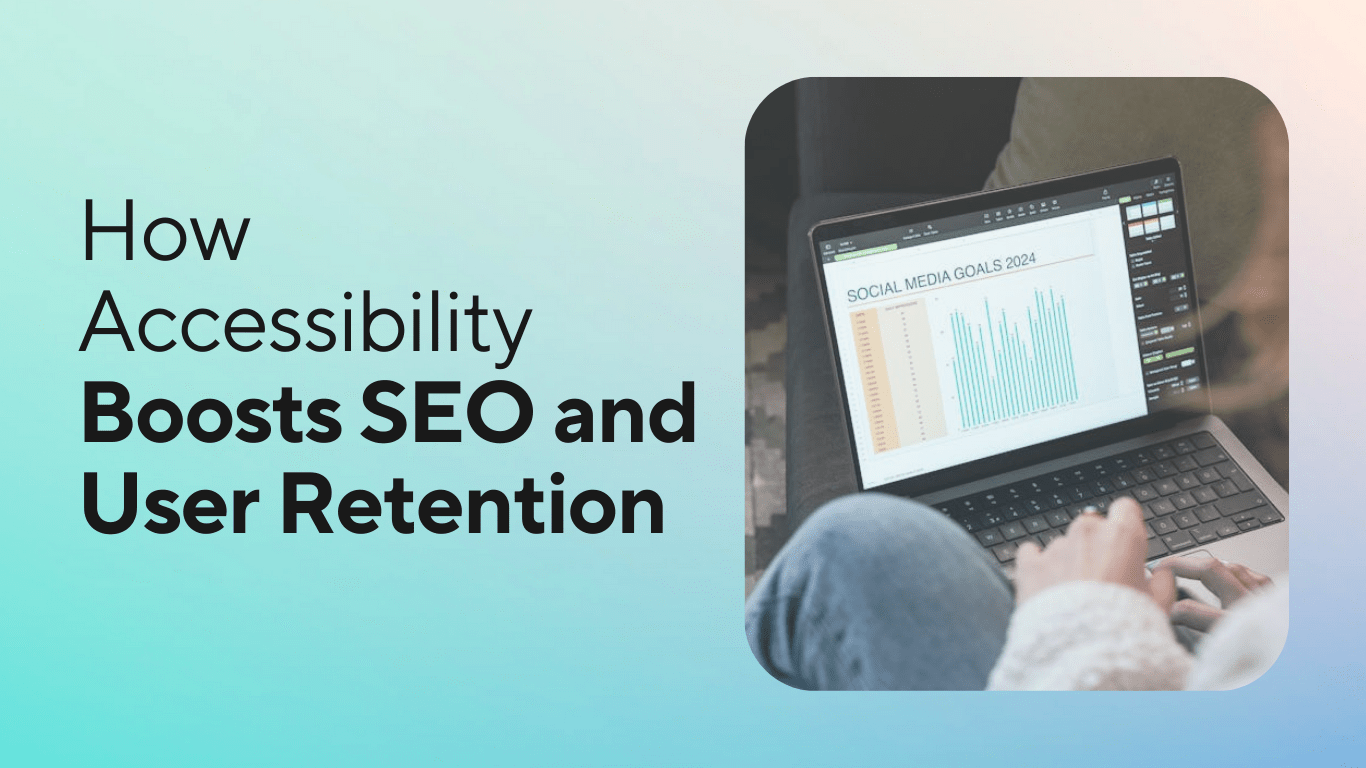How Accessibility Boosts SEO and User Retention

How Accessibility Boosts SEO and User Retention
In the modern digital landscape, accessibility is more than just a moral obligation or a legal requirement; it’s a strategic advantage. By making websites accessible to all users, including those with disabilities, businesses can enhance their search engine rankings and foster greater user loyalty. Here’s how accessibility contributes to SEO and user retention:
1. Improves Search Engine Optimization (SEO)
Accessibility and SEO go hand in hand because both prioritize creating a positive user experience. Here are a few specific ways accessibility boosts SEO:
- Alt Text for Images: Providing descriptive alternative text for images not only helps visually impaired users but also allows search engines to index the content of your images, improving your site’s search visibility.
- Semantic HTML: Using proper HTML tags (like , , and ) makes it easier for assistive technologies and search engines to understand your site’s structure.
- Keyboard Navigation: Ensuring your site is navigable without a mouse improves usability and is often rewarded by search engines, as it demonstrates a well-designed user experience.
- Fast Load Times: Accessibility guidelines often overlap with performance optimization, such as compressing images and improving load speeds, which are critical ranking factors for SEO.
2. Increases User Retention
An accessible website creates an inclusive environment that encourages users to stay longer and return. Here’s why:
- Improved Usability: Accessibility features like clear navigation, readable fonts, and sufficient color contrast make the site easier to use for everyone, not just those with disabilities.
- Positive First Impressions: Users are more likely to trust and engage with a website that is thoughtfully designed to accommodate diverse needs.
- Compliance Reduces Barriers: By meeting accessibility standards like WCAG (Web Content Accessibility Guidelines), you remove barriers that might otherwise alienate users.
3. Broadens Audience Reach
An accessible website can cater to a wider audience, including:
- Users with Disabilities: Approximately 15% of the global population lives with some form of disability, representing a significant portion of potential customers.
- Aging Populations: As the global population ages, features like larger fonts and simplified navigation become increasingly valuable.
- Non-Native Speakers: Accessibility principles often include clear language and design, which can benefit non-native speakers navigating your site.
4. Fosters Brand Loyalty
Accessibility demonstrates a brand’s commitment to inclusivity and social responsibility, which resonates with consumers. When users feel valued and respected, they are more likely to become loyal advocates for your brand. Positive experiences also lead to word-of-mouth recommendations, further boosting retention and acquisition efforts.
5. Reduces Legal Risks
While not directly tied to SEO or retention, ensuring accessibility helps businesses avoid legal challenges related to non-compliance with laws like the Americans with Disabilities Act (ADA) or the European Accessibility Act. Staying compliant protects your brand and allows you to focus on delivering value to all users.
Conclusion
Accessibility is a win-win for businesses and users alike. By prioritizing accessible design, you not only ensure compliance and inclusivity but also enhance your site’s SEO performance and user retention. In an increasingly competitive digital environment, accessibility can set your brand apart, paving the way for long-term success.